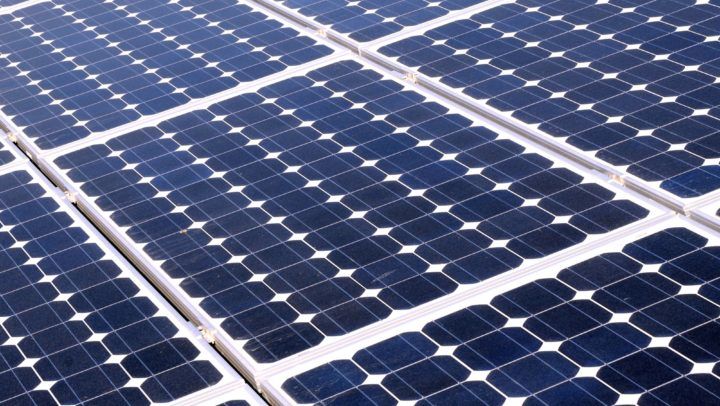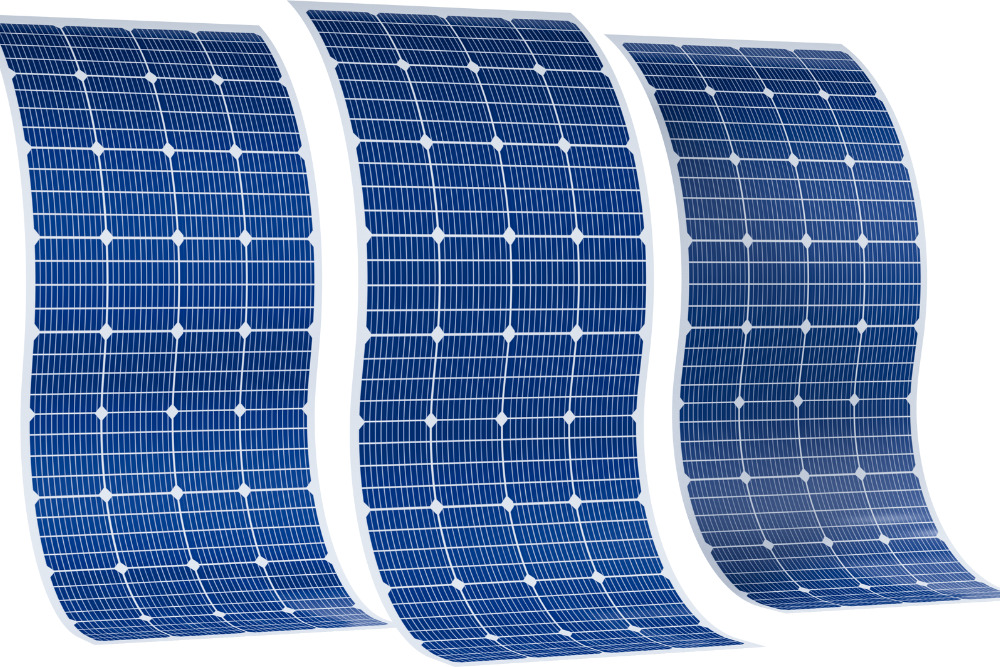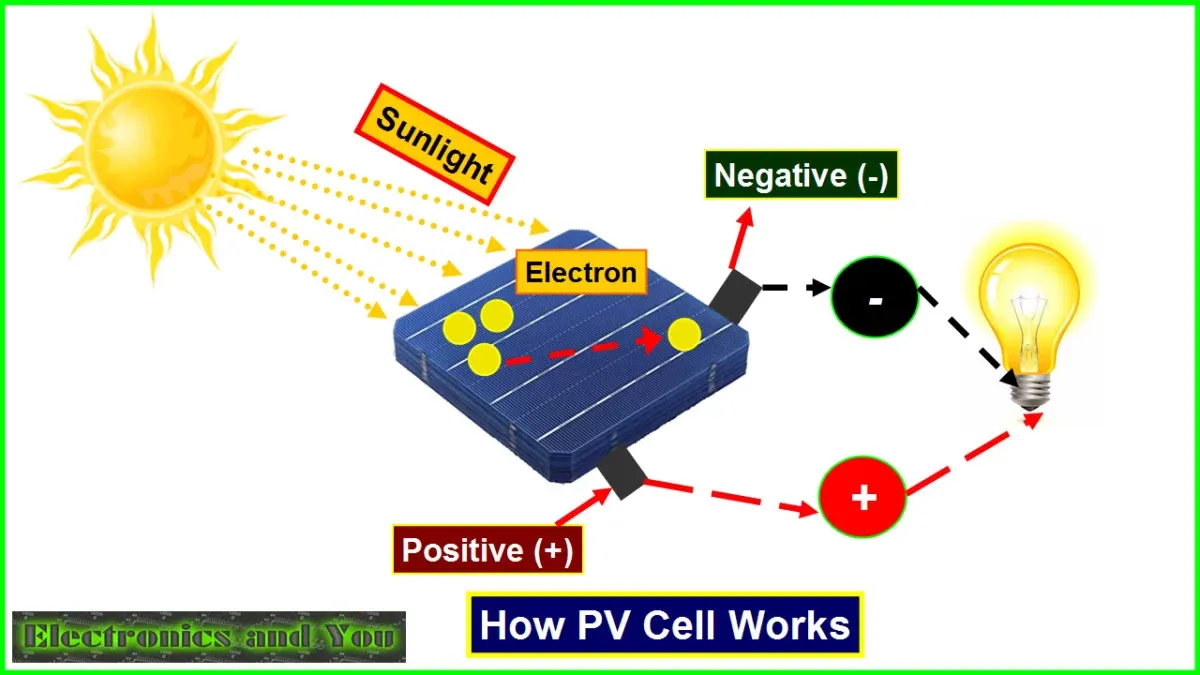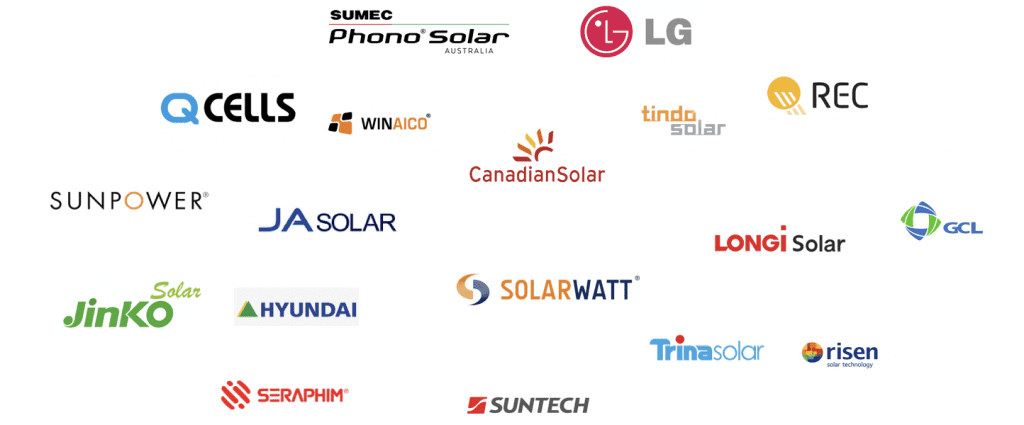LESSION 3: UNDERSTANDING SOLAR PANELS
Author
Võ Tuấn
Date Published

Solar energy is playing an increasingly important role in modern life as a clean, sustainable, and environmentally friendly source of power. In a solar power system, the solar panel is the key component that converts sunlight into electricity. This article will help you better understand the types of panels, their structures, working principles, and some notable manufacturers on the market.
1. Types of Solar Panels
Currently, solar panels are categorized into three main types:
Monocrystalline Solar Panels
Polycrystalline Solar Panels
Thin-film Solar Panels
Each type has its own advantages and disadvantages, suitable for different usage conditions.
2. Structure of Each Type of Solar Panel
🌞 Monocrystalline Solar Panels
Material: Pure silicon, single crystal.
Appearance: Black color with rounded corners on cells.
Structure:
Tempered glass top layer
EVA (encapsulant) layer
Monocrystalline silicon cells
Bottom EVA layer
Backsheet
Aluminum frame
➡ Advantages: High efficiency (~18–22%), performs well in low-light conditions.
➡ Disadvantages: Higher cost.

🌞 Polycrystalline Solar Panels
Material: Recycled silicon, composed of multiple crystals.
Appearance: Blue color with square-shaped cells.
Structure: Similar to monocrystalline, but with polycrystalline cells.
➡ Advantages: Lower cost, simpler manufacturing process.
➡ Disadvantages: Lower efficiency (~15–17%).

🌞 Thin-film Solar Panels
Material: Semiconductor compounds (CdTe, CIGS, or amorphous silicon).
Appearance: Uniform black color, lightweight, flexible.
Structure:
Substrate (glass, metal, or plastic)
Thin semiconductor layer
Conductive layers
➡ Advantages: Lightweight, flexible, sleek design.
➡ Disadvantages: Lower efficiency (~10–12%), shorter lifespan.

3. Working Principle of Solar Panels
Solar panels operate based on the photovoltaic effect:
Sunlight hits the surface of the solar cells.
Photons from sunlight excite the electrons in the semiconductor material (typically silicon).
Electron movement generates a direct current (DC).
The current is then converted into alternating current (AC) by an inverter, making it usable for home appliances or feeding into the power grid.

4. Leading Solar Panel Brands Today
Here are some reputable solar panel manufacturers on the market:
🌍 1. LONGi Solar (China)
Specializes in high-efficiency monocrystalline panels at reasonable prices.
🌍 2. Jinko Solar (China)
One of the largest exporters of solar panels in the world.
🌍 3. Trina Solar (China)
Offers a wide range of products for both residential and industrial use.
🌍 4. Canadian Solar (Canada)
Durable and well-suited for harsh weather conditions.
🌍 5. SunPower (USA)
Known for very high efficiency and durability, though more expensive.
